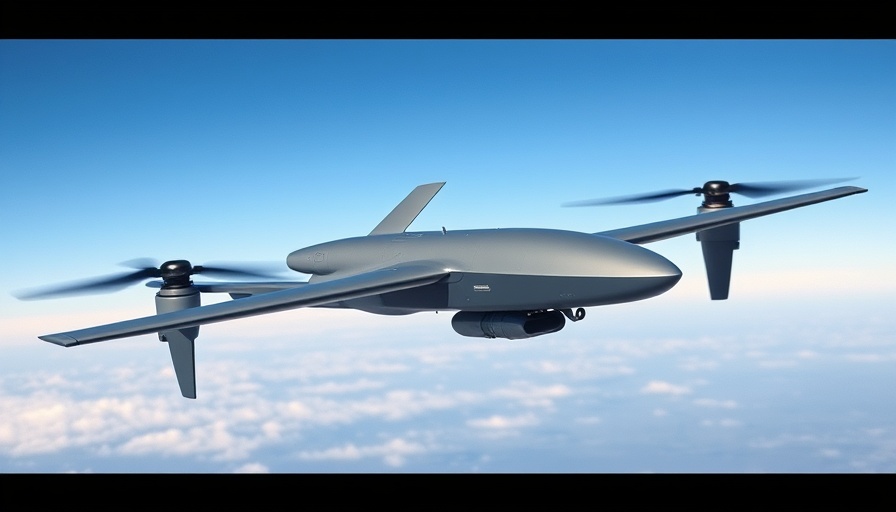
The AI Gold Rush: Riding the Wave of Technological Change
In the ongoing evolution of technology, artificial intelligence (AI) stands out as a game-changer, particularly for sectors like construction and development. This profound shift mirrors the insights of visionary investors like Don Valentine, founder of Sequoia Capital, who underscored the importance of understanding technology's trajectory for successful investment. For business owners, property developers, and facility managers, predicting and adapting to AI developments can offer substantial advantages in an increasingly competitive landscape.
Understanding Moore’s Law vs. AI's New Acceleration
Historically, Moore's Law provided a straightforward benchmark for technological advancement—one that suggested a predictable and steady increase in computing power, which investors could easily measure. However, as AI technology has entered the mainstream, it has disrupted this predictability. NVIDIA's graphic processors and sophisticated deep learning algorithms have propelled AI forward at an unprecedented pace, achieving growth that could exceed 100% compound annual growth rates (CAGRs). This leap indicates that stakeholders in the construction industry could experience rapid changes in project efficiency and execution through AI integration.
Early Customer Enthusiasm: A Key Indicator
Don Valentine emphasized that genuine interest from customers is a telling sign of a technology's potential. For businesses tapped into the construction sector, this means recognizing and swiftly integrating customer feedback on emerging technologies. As clients increasingly seek smarter, more efficient solutions, early adopters of AI tools—such as project management software that utilizes predictive analytics—will be positioned to cater to this demand, ensuring projects are not just completed on time, but also within budget and to the latest standards of innovation.
Future Predictions: The Road Ahead for AI in Construction
Looking forward, the integration of AI into the construction sector promises more than just automated processes. There is potential for groundbreaking innovation, including real-time data management, autonomous machinery, and enhanced safety measures. As we embrace AI, we should also prepare for its implications on labor—retraining workers will be crucial to harness the full benefits of AI, positioning professionals to work alongside advanced technology rather than being replaced by it.
Embracing Technological Change: Actions You Can Take
For construction firms, taking action now is essential. Evaluate available AI tools that can enhance project management and operational efficiency. Establish partnerships with tech companies specializing in these advancements to remain competitive. Moreover, educate teams about the importance of integrating AI solutions into everyday practices, ensuring that the inevitable changes brought by AI translate into tangible benefits.
Final Thoughts: Preparing for Tomorrow's Construction Landscape
The AI gold rush signifies not just a transformation in technology but a shift in how businesses operate within the construction industry. By learning from pioneers like Don Valentine, business leaders can navigate this dynamic environment effectively. Recognizing and investing in the right technological innovations now lays the foundation for future success. It's time to act—stay informed, engage with customers, and be willing to innovate. The future of construction is rapidly approaching, so seize the day!
 Add Row
Add Row  Add
Add 




Write A Comment